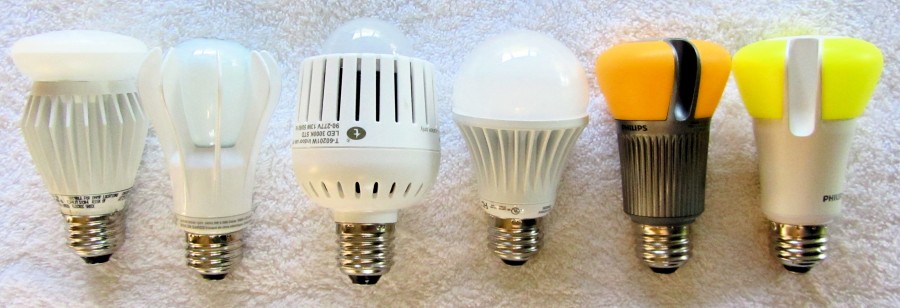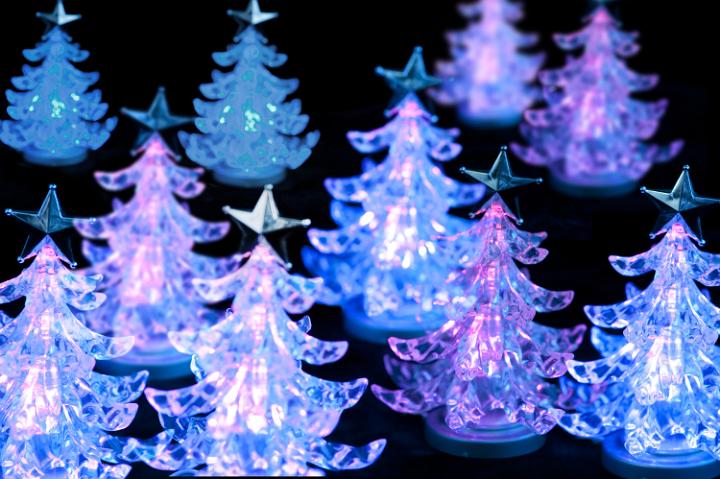
The history of the LED has admittedly been a somewhat patchy one. From complaints about the expense of the bulbs to the poor quality of the light, the early suspicion was that they perhaps wouldn’t ever have much widespread use beyond the original red lights that we are familiar with from indicator boards, early computer games, and the like.
However, there have since been many improvements to the quality of LED light bulbs, including not only a wider color range, but also variations in the temperature – whether the light appears warm or cool. Their functionality has also increased, as they are no more limited to emitting light. Now, the advanced ones (you can check out Olympia Lighting to see some examples) can be used for disinfecting purposes as well, along with providing light to an area. Furthermore, the cost of LED bulbs has also come down a long way since the early examples.
With incandescent bulbs largely phased out, in these more environmentally conscious times the rise of the energy-saving bulb in all its forms is appealing to both householder and business owner, in terms of not just the improved aesthetics, but the considerable financial benefits. Since Megaman LED bulbs are able to provide a similar quantity of light with around a quarter of the wattage of a halogen bulb, it’s not difficult to see why they save money as well as having less of an environmental footprint.
Although they are considerably more expensive than other varieties of energy saving bulb, LEDs not only last much longer, but demonstrably save on energy bills. In the average UK household, the 40 or so LEDs required to provide the required amount of light currently run up an annual energy bill of approximately £20. Even with the raised cost of the bulbs – and even more so for options that are usable with a dimmer switch – the savings both financial and environmental are seen very quickly.
As for versatility, LEDs still have a little way to go. As mentioned above, LEDs for specific purposes are pretty costly, and if you’re a dimmer switch devotee, you may have to have your light fittings adjusted to cope with the very low electrical loads that LEDs require. However, the major advantage to LEDs is that unlike other low-energy bulbs, they need no time to warm up, and are immediately at their optimum brightness. With no reported issues due to extremes of temperature, they’re also the
obvious choice for outside lighting that needs to be on constantly during the hours of darkness.
The final tick in favour of LEDs is their environmental impact when the bulbs do eventually need changing. Unlike other energy saving bulbs, which need special recycling, LEDs can go in your normal household waste. With bulbs now of an equivalent brightness to the old 100 watt incandescent bulb available, it’s finally time to acknowledge that LEDs are better in every way to other bulb options available, and to invest in the switch to enjoy the savings in the not too distant
future.

